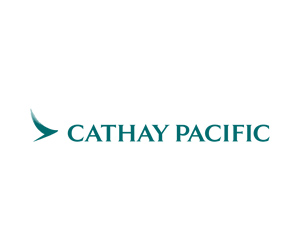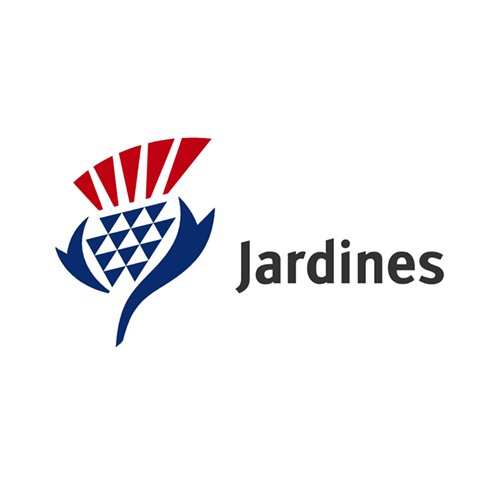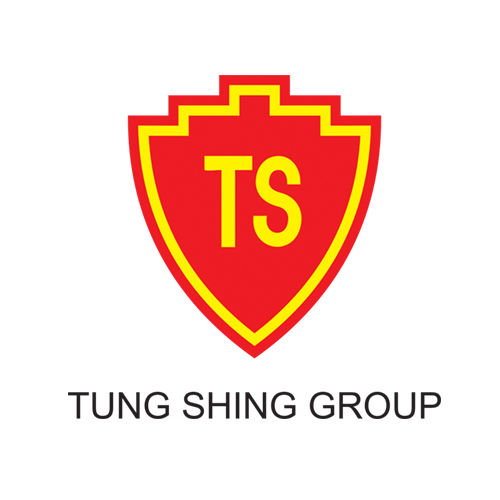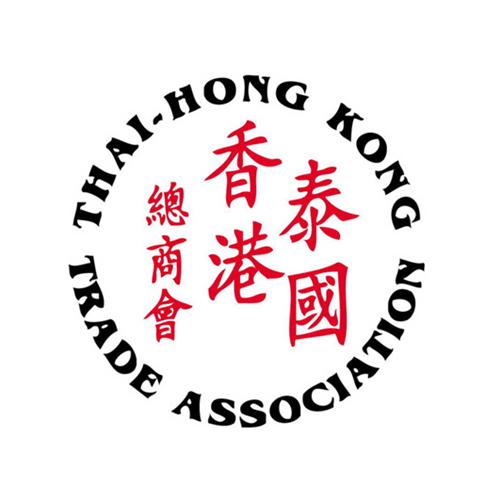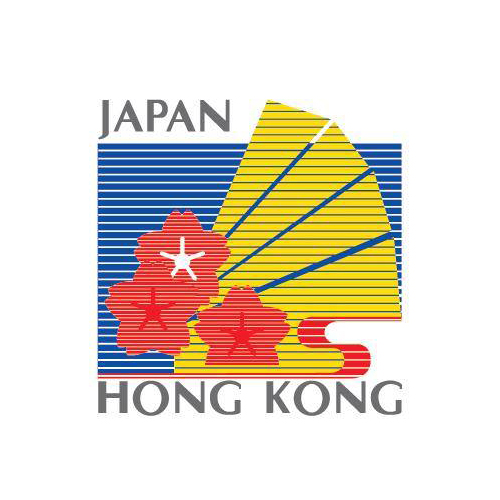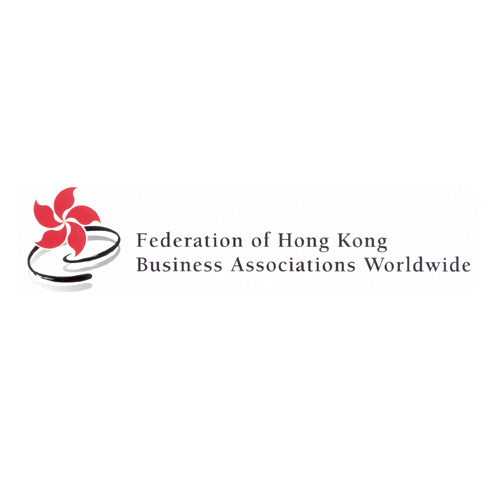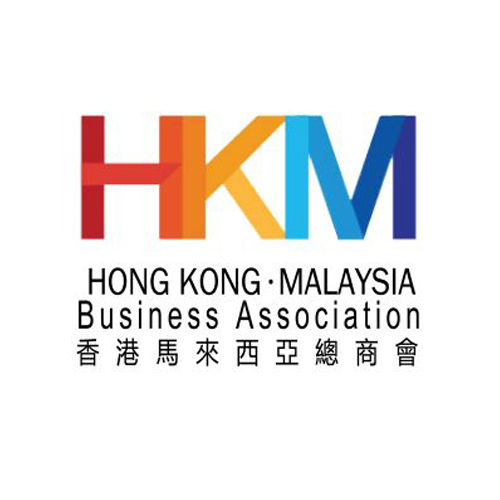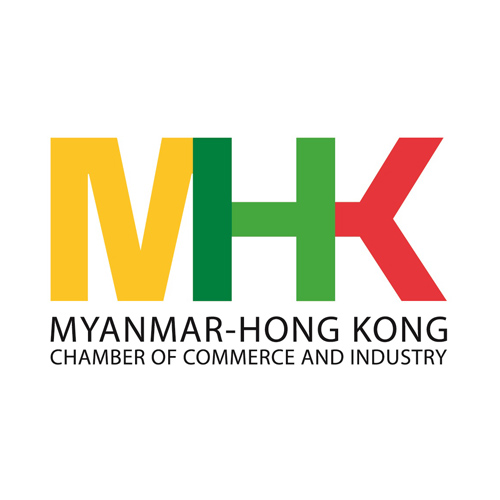Want to be in the loop?
subscribe to
our notification
Business News
USAID SUPPORTS EFFORTS TO REDUCE CONGESTION AT CÁT LÁI PORT
The United States Agency for International Development (USAID) and the General Department of Vietnam Customs (GDVC) released on Thursday an action plan for reducing congestion at Cát Lái Terminal in HCM City, Việt Nam’s busiest container port.
The action plan, unveiled at a workshop co-organised by USAID and GDVC, contains 21 recommendations to help position the port to meet increasing demand. Before COVID-19, the port was operating at full capacity, with demand as measured by container volume expected to double by 2030.
The workshop brought together more than 70 representatives from Vietnam Customs, ministries, and the business community to discuss the action plan — the result of a Pre-Feasibility Study on Anti-Congestion and Facilitating Trade Logistics at Cát Lái Port conducted by the USAID Trade Facilitation Programme between May 2020 and March 2021.
The study takes a comprehensive look at the 160-hectare port’s operations, to assess performance, bottlenecks, and constraints to increasing port handling capacity, and offers 21 recommendations in the form of an action plan for government and local stakeholders to consider.
These recommendations range from leveraging IT solutions to enhance information flows and cargo clearance, to new or expanded port facilities and improved operational performance.
In addition, through USAID’s INVEST project, USAID is working with the Ministry of Transport’s Vietnam Maritime Authority to examine likely areas for public-private partnership, which is an effective way to mobilise investment for large-scale infrastructure projects.
“As international trade recovers from the impacts of COVID-19, addressing congestion at Cát Lái Port has become a priority. When implemented, the anti-congestion measures identified at today’s workshop will facilitate international trade, contributing to Việt Nam’s competitiveness both in the region and in the world,” said Mai Xuân Thành, GDVC Deputy Director General.
“Easing congestion at Việt Nam’s ports will become increasingly important as trade rebounds in the post-COVID-19 environment. The Cát Lái Port Pre-Feasibility Study conducted by USAID recommends an action plan for Việt Nam's busiest container port to help position it to handle a projected surge in container volume. This effort reaffirms our ongoing commitment to support the Government of Việt Nam in its efforts to facilitate trade and investment and increase its competitiveness,” said Ann Marie Yatishock, USAID/Vietnam Mission Director.
Approximately 4.9 million 20-foot containers (TEUs) are handled in HCM City each year, which equates to about three million trucks, or more than 8,000 trucks per day transiting in and around the city to discharge or load containers from the port area. Cát Lái Port handles over 92 per cent of this volume and roughly 50 per cent of the country’s total container volume.
The five-year, $21.7 million USAID Trade Facilitation Programme (2018-2023) is supporting the Government of Việt Nam to adopt a risk-management approach to customs and specialised inspection, strengthening the implementation of the World Trade Organisation’s Trade Facilitation Agreement.
The programme works with the Ministry of Finance’s GDVC to standardise customs procedures, strengthen national and provincial coordination, and build the capacity of customs officials. The aim of the programme is to support Việt Nam in developing a more attractive trade and investment climate for enterprises, traders and investors.
Source: VNS
Related News
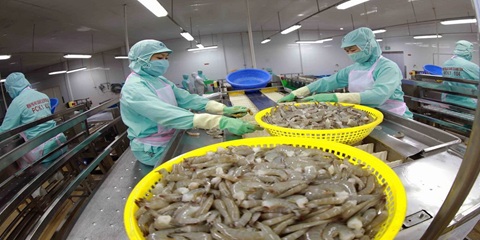
VIETNAM’S SEAFOOD EXPORTS HIT OVER US$10 BILLION IN JAN-NOV
Seafood export revenue in November alone amounted to nearly US$990 million, up 6.6% year-on-year. Key product groups posted solid gains. Shrimp exports rose 11.7% to over US$385 million, supported by strong demand for whiteleg shrimp and lobster. Tra fish shipments increased 9.7% to almost US$197 million, while marine fish, squid, and mollusk exports maintained their recovery.
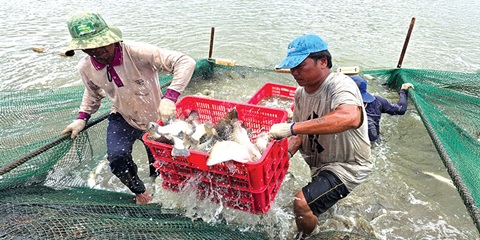
VIETNAM’S AGRO-FORESTRY-FISHERY EXPORTS HIT NEW RECORD IN JAN-NOV
Vietnam’s agro-forestry-fishery export revenue reached an estimated US$64.01 billion in the first 11 months of 2025, up 12.6% year-on-year and surpassing the full-year record of US$62.4 billion set in 2024. Agricultural exports reached US$34.24 billion, up 15% year-on-year, while livestock products brought in US$567.4 million, a 16.8% increase. Seafood exports rose 13.2% to US$10.38 billion, and forestry products earned US$16.61 billion, up 5.9%.

HANOI REPORTS RECORD-HIGH BUDGET REVENUE IN 2025
Hanoi’s budget revenue is estimated to reach VND641.7 trillion in 2025, the highest level ever recorded and nearly 25% above the revised target, according to a report by the municipal government. Data from the city’s socioeconomic performance review shows that total state budget collections in 2025 are projected to reach 124.9% of the adjusted plan and rise 24.9% from 2024, the Vietnam News Agency reported.
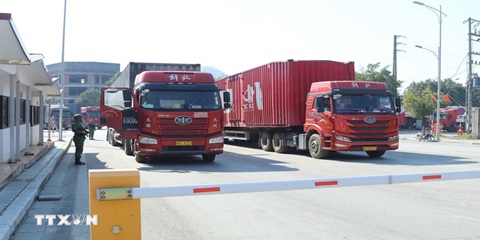
VIETNAM, CHINA TO PILOT TWO-WAY CARGO TRANSPORT AT LANG SON BORDER
Vietnam and China will launch a one-year pilot program on December 10 to allow two-way cargo transport through the Huu Nghi–Youyi Guan international border gates in Lang Son Province, reported the Vietnam News Agency. The Dong Dang-Lang Son Economic Zone Management Board said the trial aims to reduce transport costs and improve customs clearance capacity.

VIETNAM’S IMPORT-EXPORT VALUE NEARS US$840 BILLION IN JAN-NOV
The total value of Vietnam’s imports and exports was nearly US$840 billion between January and November this year, the highest level ever recorded, according to the National Statistics Office. In its latest report on the country’s socio-economic performance, the National Statistics Office highlighted a series of positive economic indicators, with trade emerging as one of the strongest drivers of growth.

OVER 19 MILLION INTERNATIONAL VISITORS COME TO VIETNAM IN JAN-NOV
Vietnam received more than 19.1 million international visitors in the first 11 months of 2025, a 20.9% increase year-on-year and the highest level ever recorded, according to the National Statistics Office. The figure surpasses the full-year record of 18 million arrivals set in 2019, before the Covid-19 pandemic. Nearly two million foreign visitors arrived in November alone, up 14.2% from October and 15.6% from the same period last year.




